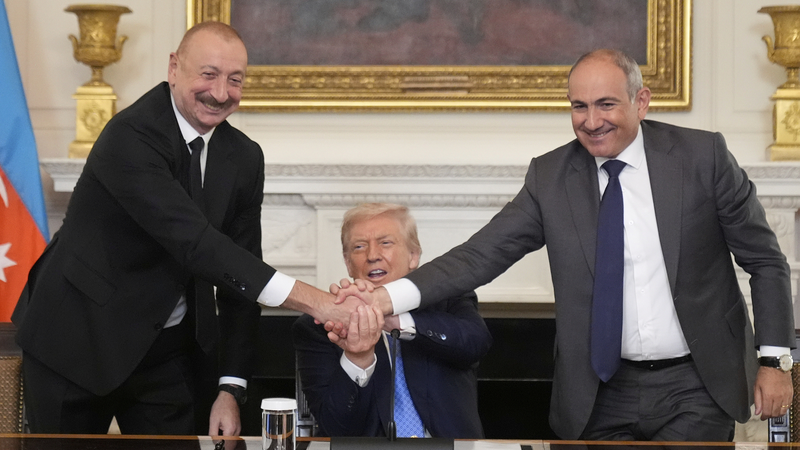In a landmark moment on Friday, Armenian Prime Minister Nikol Pashinyan and Azerbaijani President Ilham Aliyev signed a peace agreement at the White House, putting an end to a border conflict that has simmered since 1988. Witnessed by their foreign ministers, this deal marks a major step toward normalized ties and regional stability.
The declaration outlines a clear roadmap: both sides will finalize the text, sign, and then ratify the agreement in their respective parliaments. "The conditions have been created for our nations to finally embark on building good neighborly relations on the basis of the inviolability of international borders and the inadmissibility of the use of force for the acquisition of territory after the conflict that brought immense human suffering," the agreement reads.
Aliyev told reporters that the formal signing should not take long. If ratified, this deal will officially close a chapter that began with serious clashes over the mountainous Nagorno-Karabakh region in 1988 and a ceasefire agreement signed in 1994. Sporadic skirmishes have flared over the past three decades, displacing communities and impacting regional trade routes.
Global analysts say that normalized relations between Armenia and Azerbaijan could unlock new economic corridors across the South Caucasus, benefiting young entrepreneurs, travelers, and digital nomads eager to explore this crossroads between Europe and Asia. For thought leaders, this agreement also sets a precedent for conflict resolution through diplomacy and data-driven peacebuilding initiatives.
As the world watches, the next steps will be critical: fast-track ratification, confidence-building measures, and inclusive talks that address humanitarian issues. If successful, this pact could serve as a blueprint for resolving other longstanding disputes, proving that perseverance and negotiation can pave the way for peace.
We'll keep you updated as this historic pact moves through the next stages.
Reference(s):
cgtn.com




